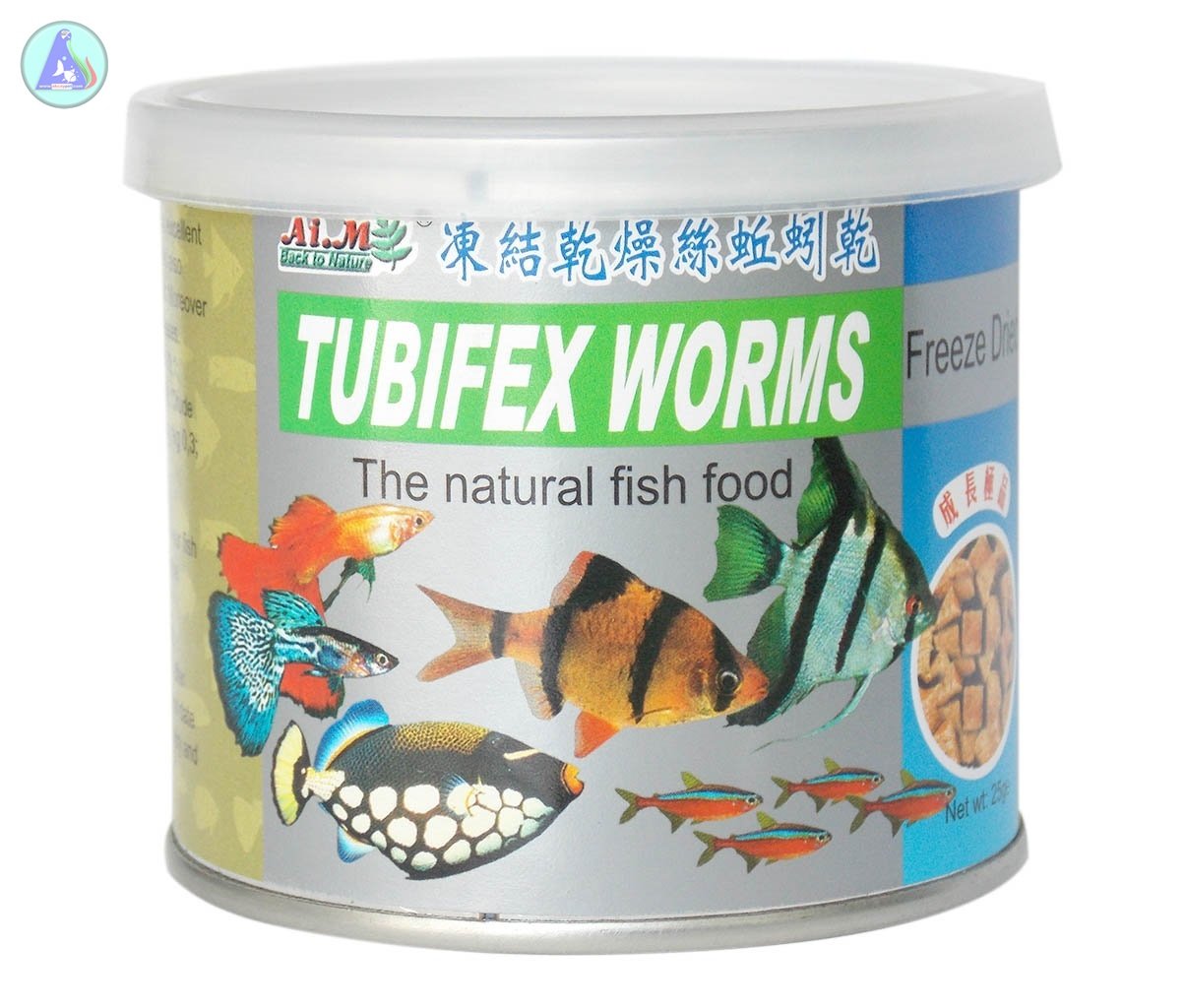
Water with tubifex worms is oxygen-poor, stagnant, and unsafe for drinking.

External influences, such as water pollution, air pollution, or climate change, first manifest themselves in indicator species.Indicator species can be among the most sensitive in a region, and they can sometimes serve as an early warning system for monitoring biologists.A species, for example, may define an ecoregion or indicate an environmental condition such as a disease outbreak, pollution, species competition, or climate change.Any biological species that defines a trait or characteristic of the environment is considered an indicator species.An indicator species is one whose presence indicates the presence of a group of other species and whose absence indicates the absence of the entire group.Once they acclimate to their new environment, they should separate however please note that they live together in colonies and will return to the bunched formation from time to time.Indicator Species What is Indicator Species? A lot of our customers mistake them for being DOA because they are so small and bunched up together. You will receive what looks like a clumped up mass of worms. The worms will double in quantity quickly. Keep the debris on the bottom and transfer to the new water. Be sure to add water weekly in small amounts and change the water monthly. When the worms finish that in a couple days add some more. Give them a small sliver of tuna fish to start. Place old leaves and a small piece of cardboard on the bottom of the container. Tubifex are the same color as red worms, but they are much smaller, growing to about two inches in length but are pencil thin.Įasy to rear in a bucket or tank with two to three inches of water.

Red worm like aquatic worms that make great food for fish.


 0 kommentar(er)
0 kommentar(er)
